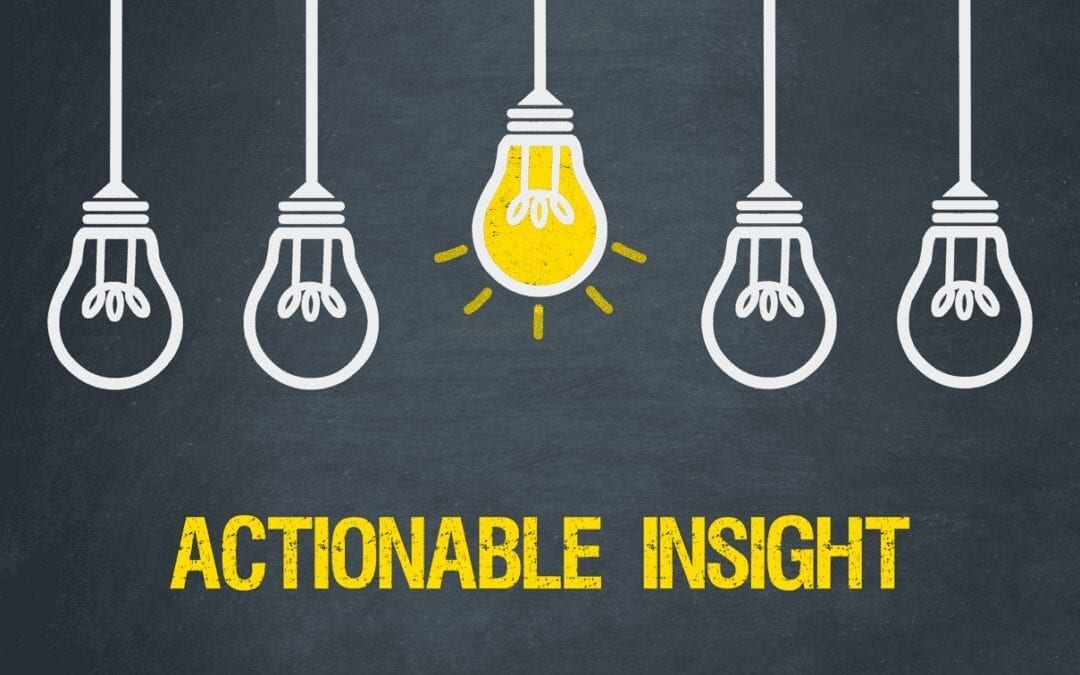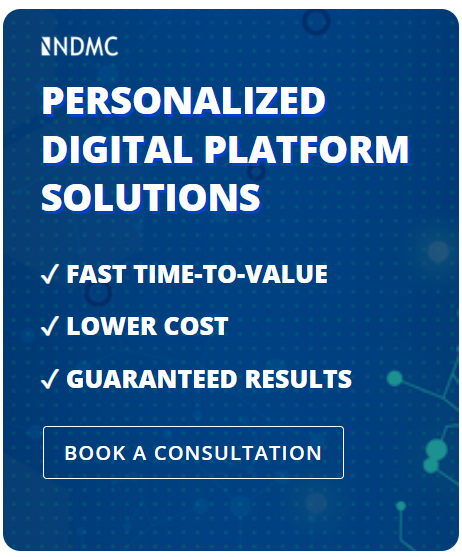About
Customer insight is the understanding of your customer, based on their feedback, buying behavior, experiences, beliefs and needs. Customer insights go beyond raw data or research, it is a multi-view of your customers derived from a strategic analysis of qualitative and quantitative data. That means, to source customer insights you will need to harvest data from primary and secondary research not to forget data held in existing systems.
The application of customer insights are a key requirement in establishing a customer experience strategy.
What constitutes customer insight?
There are lots of types of data in a business, so what are customer insights? Essentially, it’s anything that tells you something more about your customers. In the early days of computing, customer insight was something generally sourced in ‘analog’ by using research companies to turn up to see customers with a clip-board and glean as much as they could about them, their preferences and behaviors.
Examples will include:
- Profiling and persona data; age, behaviors, gender, culture, interests, work role, credit score, community associations etc.
- Segmentation data
- Communications, contact details (perhaps including strength of ties etc.), contact mapping and data privacy preferences
- Buying preferences
- Location details
- Contract details
- Service information
- Project information
- Purchases and transactions
- Profitability
Focusing on actionable insight
It’s easy to get lost in data with so much of it available. And not everything you can glean about customers makes a real difference to what you can do to grow your business. This is why Customer Data Scientists focus on Actionable Insights, i.e. insight that equips (perhaps causes) you to act and do something about what you’ve learned. Moreover, give there’s only so much time in the day, focusing your efforts on a smaller number of metrics that have the potential to make the biggest impact makes a lot of sense.
Sourcing customer insight
Insight can come from known data or through new research (or newly discovered sources of data). Practitioners will segment research into qualitative and quantitative forms, where, as the term suggests, qualitative places a focus on VALUE and quantitative focuses on the VOLUME of responses.
These approaches can be further sub-divided into direct research, indirect research and real-time insights where:
Direct research is where you reach out directly to your customer audience and ask them the questions you have on your mind. While this approach i likely to furnish you with very rich insight, it’s also the most expensive way of acquiring the customer insight you’re looking for.
Indirect research (sometimes called desk-based research) happens when you explore published articles and data sets to answer your questions.
Another way at looking at the sourcing issue is to work out what customer insight can be gathered through data sourced through real-time interactions and daily activities (like customer communications and correspondence etc.) as opposed to offline methods like market research.
For each aspect of customer insight a balance has to be made between the usefulness of the insight and the cost to acquire it.
Enrichment of Customer Insight
A world of data means that organizations (with appropriate permissions from the individual concerned one would hope) have the opportunity to mine third-party sources for information. Consequently, they can create richer profiles of customers and prospects even without asking directly for information. Similarly, in the era of Artificial Intelligence, it’s also possible to develop ‘meta-data’ from mapping behaviors and predicting likelihoods. In this way, customer insight can be brought to live by sourcing more ‘contextual reference material’ with which to analyze data.
Strength of ties
Much has been learned in the last decade about social networking and its impact on relationships and trust between individuals. Social media has re-defined what ‘a friend’ is. That said, some of the most insightful theories emerged years ago.
In 1929, a Hungarian author with the memorable name of Frigyes Karinthy published a book of short stories titled ‘Everything is Different’. One of them, ‘Chain-Links’, suggested that, with a population explosion and better communications, the world would become a smaller place. It highlighted the challenges that scientists in future would have to grapple with in the field of network theory (must have been a real page turner) and his work kicked off a debate in social science leading to a popular theory – now called 2six degrees of separation – that states: ‘If a person is one step away from each person they know and two steps away from each person who is known by one of the people they know, then everyone is on average six “steps” away from any person on Earth.’
Appreciating the strength of relationship ties between your own people and your customers (and prospective customers) can help to determine how to maximize the potential of customer relationships.
Some customer relationships are more important than others
It has to be said that some customer relationships have more sway than others. Normally, it comes down to revenue potential over the life-time of the customer account, although it may be the case that an account that requires little or no support is actually more profitable. Determining which accounts to invest time and money to win, retain and grow is a hot topic at the moment in the customer data science industry.
When determining the VALUE of a customer relationship, another consideration is the degree of influence the relationship has on other relationships, the valuation of your business and future growth potential. For example, it may be that
Making assumptions about customer wants and needs
With all of the tools and methods available to source information about customers, it’s surprising that many companies still don’t take ‘listening to customers’ seriously, if at all. Even in the boardroom, where strategic decisions are being made that influence the core strategic direction of an enterprise, leaders are often basing their strategy and assumptions based on gut-feel and the assumption that they ‘know what customers care about.’
The sad fact is that customers are far more discerning than they have ever been and their needs change rapidly through time. What it means is this: Whatever you thought your customers cared about a year ago has probably changed.
Customer insight is essential to know how best to develop a trusting empathetic relationship with customers that will endure. It is therefore a key element in any customer experience strategy.
Customer Experience Explained
What is Customer Experience? It’s a term commonly used to describe the relationship a customer has with a business; referring to the total of all experiences the customer has with the business, based on all interactions and thoughts about the business. Equally important, it is an all-encompassing term. It includes communications touch-points, communications, emotional experience, behavior, data management, customer data platforms and technology ecosystems, and business model design implications.
Not only is it important to business strategy but also as a change agent to process improvement. It comes down to the ability of organizations to maximize customer value and minimize operating costs by understanding what drives customer behaviors and decisions.
In light of recent technology innovations like cloud computing and big data, it’s now possible to develop systems and methods to fully appreciate what matters to customers by harvesting data from back-office systems. In like manner, it’s also possible to determine how customers want to interact. This helps organizations to forge effective marketing programs based on facts underpinned by data. Together with digital transformation initiatives, customer experience management is a game changing topic that organizations choose to ignore at their peril.
About NDMC
NDMC Consulting is an expert consultancy business specializing in customer experience strategy, management and customer data platforms. We’ve been delivering best-in-class customer experiences since 2003.


